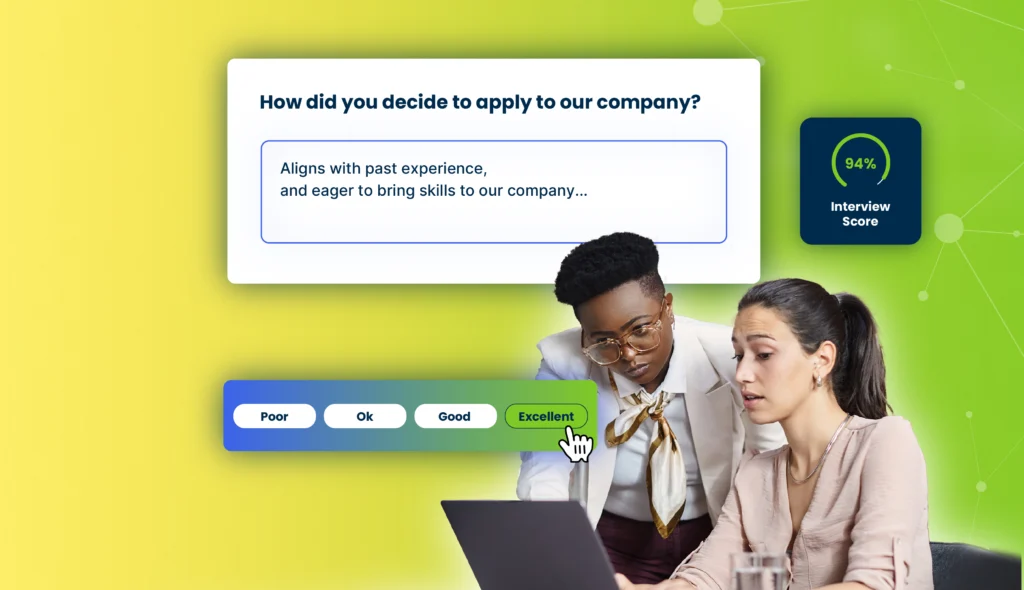How to Run Payroll Efficiently
Payroll serves as the lifeblood of any organization, ensuring that employees are compensated accurately and on time. It encompasses a myriad of tasks, from calculating wages and deductions to ensuring compliance with legal regulations. Read on to learn the intricacies of payroll management, exploring what payroll entails, how businesses can efficiently run payroll, the significance of understanding laws and regulations, and the role of technology in streamlining these processes.
Hire your best team and run payroll — all from Hireology
What is payroll?
At its core, payroll refers to the process of calculating and distributing wages to employees for the work they have performed. It encompasses various components, including salaries, hourly wages, bonuses, deductions, and taxes. Additionally, payroll involves maintaining records of employee hours worked, leaves taken, and other relevant information. Essentially, it is the financial heartbeat of an organization, reflecting its commitment to fair compensation and compliance with legal requirements.
How to do payroll efficiently
Efficient payroll management is essential for maintaining employee satisfaction, ensuring regulatory compliance, and fostering organizational success. Businesses can optimize their payroll processes by implementing streamlined workflows and leveraging technology solutions. Here’s how:
1. Establish clear processes
Begin by defining standardized procedures for payroll processing, including timelines for submitting timesheets, processing payroll, and distributing paychecks. Clear communication with employees regarding payroll deadlines and procedures is crucial for ensuring timely and accurate processing.
2. Invest in HR and payroll software
Leveraging specialized software solutions designed for payroll and human resources management can significantly streamline processes. These platforms automate calculations, generate reports, and facilitate compliance with tax laws and regulations. Additionally, they offer self-service portals for employees to access pay stubs, update personal information, and submit time-off requests, reducing administrative overhead.
3. Maintain accurate records
Accurate record-keeping is paramount for payroll accuracy and compliance. Businesses must maintain comprehensive records of employee earnings, tax withholdings, benefits, and deductions. Digital storage solutions offer a secure and organized way to store and retrieve payroll data, ensuring accessibility and compliance with data protection regulations.
4. Stay updated on tax laws and regulations
Tax laws and regulations pertaining to payroll are subject to frequent changes. Businesses must stay informed about updates to tax rates, thresholds, and reporting requirements to ensure compliance and avoid penalties. Partnering with tax professionals or utilizing software with built-in compliance features can help navigate these complexities effectively.
5. Implement direct deposit
Offering direct deposit as a payment option streamlines payroll processing and enhances employee convenience. It eliminates the need for paper checks, reduces administrative costs, and ensures timely payment, even during holidays or remote work situations.
On the market for a payroll provider? Read our Payroll Buyers' Guide to help make your decision.
What is certified payroll?
Certified payroll refers to a specialized form of payroll reporting required for certain government-funded construction projects. Contractors and subcontractors working on these projects must submit certified payroll reports that detail employee wages, hours worked, classifications, and fringe benefits. These reports are subject to verification and audit by government agencies to ensure compliance with prevailing wage laws and fair labor standards.
Running payroll: Key considerations
Running payroll involves several critical considerations to ensure accuracy, compliance, and efficiency. Some key factors to consider include:
1. Employee classification
Properly classifying employees as exempt or non-exempt, full-time or part-time, and regular or temporary is essential for accurate payroll processing and compliance with labor laws.
2. Overtime calculation
Calculating overtime pay in accordance with federal, state, and local regulations is crucial for avoiding wage and hour violations. Employers must accurately track hours worked beyond standard work hours and apply the appropriate overtime rate.
3. Benefits administration
Managing employee benefits such as health insurance, retirement plans, and paid time off requires careful coordination with payroll processes. Accurately deducting employee contributions and ensuring timely remittance of employer contributions is essential for benefits compliance.
What is payroll tax?
Payroll tax refers to the taxes withheld from employee wages to fund government programs such as Social Security, Medicare, and unemployment insurance. Employers are responsible for withholding payroll taxes from employee paychecks and remitting them to the appropriate tax authorities. Additionally, employers must contribute their share of payroll taxes, including Social Security and Medicare taxes, based on employee wages.
Understanding the importance of payroll taxes and complying with related reporting and remittance requirements is critical for avoiding penalties and maintaining regulatory compliance.
Understanding payroll laws and regulations
Compliance with laws and regulations governing payroll is non-negotiable for businesses. Failure to adhere to legal requirements can result in costly penalties, reputational damage, and even legal action. Some key regulations that businesses must understand and comply with include:
1. Fair Labor Standards Act (FLSA)
The FLSA establishes minimum wage, overtime pay, record-keeping, and child labor standards for employees in the private sector and federal, state, and local governments.
2. Internal Revenue Code (IRC)
The IRC governs federal income tax withholding, Social Security and Medicare taxes, and federal unemployment tax requirements for employers.
3. State and local tax laws
In addition to federal tax requirements, businesses must comply with state and local tax laws governing income tax withholding, unemployment insurance taxes, and other payroll-related taxes.
4. Affordable Care Act (ACA)
The ACA imposes requirements on employers regarding health insurance coverage, reporting, and compliance with shared responsibility provisions.
By staying abreast of these laws and regulations and implementing robust compliance measures, businesses can mitigate risks and ensure ethical and responsible payroll practices.
Payroll management is a multifaceted process that requires meticulous attention to detail, adherence to legal requirements, and leveraging of technology solutions. By establishing clear processes, investing in HR and payroll software, maintaining accurate records, and staying updated on tax laws and regulations, businesses can streamline payroll operations and enhance efficiency.
Understanding the importance of certified payroll, payroll taxes, and compliance with laws and regulations is essential for safeguarding organizational integrity and fostering employee trust — ultimately reducing turnover. As businesses continue to evolve in a dynamic regulatory environment, prioritizing payroll excellence remains paramount for sustainable growth and success.










